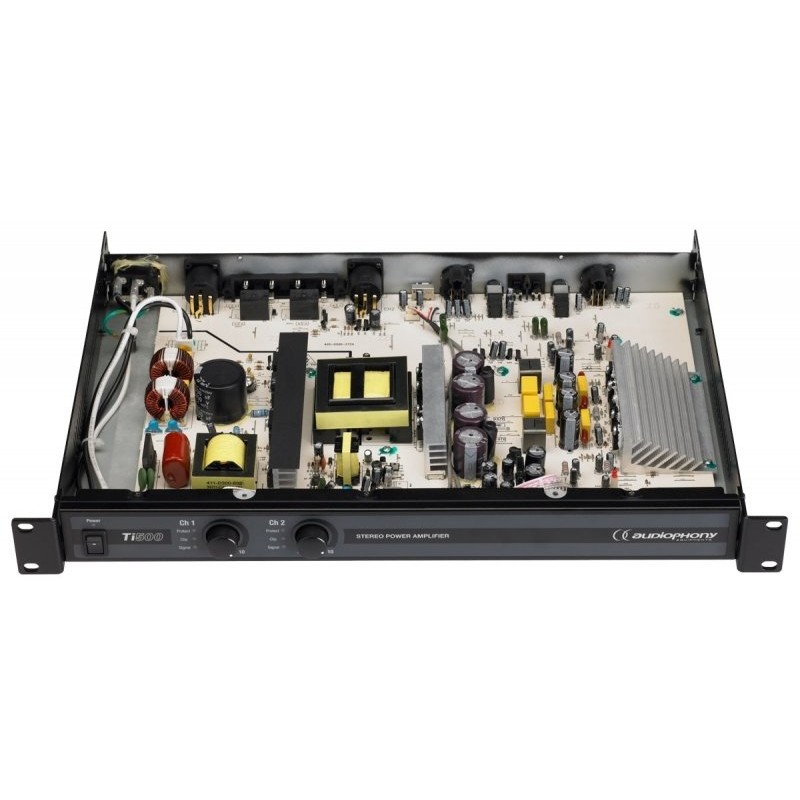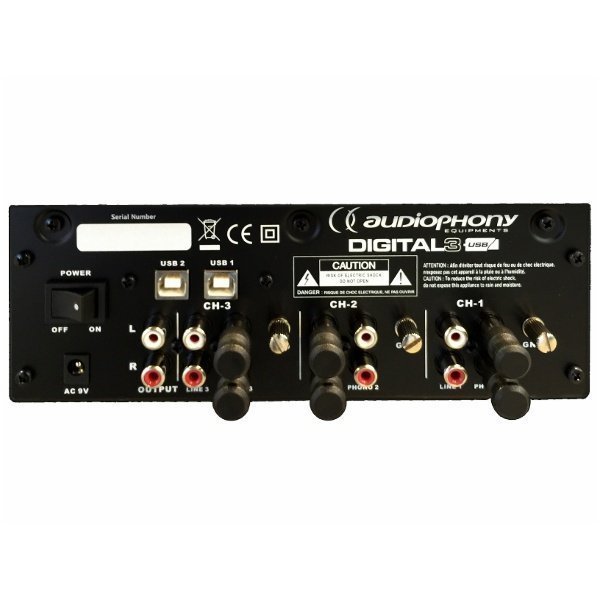Free support for loudspeaker projects, sourcing OEM speaker building supplies, and passive crossover design. We sell raw speaker drivers (tweeters, woofers, subwoofer, midrange drivers, full range drivers), speaker kits, amplifiers, capacitors, resistors, and inductors. Support: N22 Desktop Audio Amplifier. Support: D3 24-bit DAC. W3 Wireless Audio Adapter. Support: B-Fi Multiroom Music Streamer. More ways to get help: Warranty. 855-845-5525 Monday thru Friday 9:00am - 5:00pm EST. Working hours are 9 AM to 5 PM EST Monday through Friday. Holidays may impact response time.
With an INF file you can override the Extended Display Identification Data (EDID) of any monitor. A sample INF file, Monsamp.inf, that shows how to do this was provided with the Windows Driver Kit (WDK) through Windows 7 (WDK version 7600). Monsamp.inf is reproduced here.
For info on how to use and modify Monsamp.inf, see Monitor INF File Sections.
Approaches to correcting EDIDs

All monitors, analog or digital, must support EDID, which contains info such as the monitor identifier, manufacturer data, hardware identifier, timing info, and so on. This data is stored in the monitor’s EEPROM in a format that is specified by the Video Electronics Standards Association (VESA).
Monitors provide the EDID to Microsoft Windows components, display drivers, and some user-mode applications. For example, during initialization the monitor driver queries the Windows Display Driver Model (WDDM) driver for its brightness query interface and device driver interface (DDI) support, which is in the EDID. Incorrect or invalid EDID info on the monitor’s EEPROM can therefore lead to problems such as setting incorrect display modes.
There are two approaches to correcting EDIDs:
- The standard solution is to have the customer send the monitor back to the manufacturer, who reflashes the EEPROM with the correct EDID and returns the monitor to the customer.
- A better solution, described here, is for the manufacturer to implement an INF file that contains the correct EDID info, and have the customer download it to the computer that's connected to the monitor. Windows extracts the updated EDID info from the INF and provides it to components instead of the info from the EEPROM EDID, effectively overriding the EEPROM EDID.
In addition to replacing the EDID info as described here, a vendor can provide an override for the monitor name and the preferred display resolution. Such an override is frequently made available to customers through Windows Update or digital media in the shipping box. Such an override receives higher precedence than the EDID override mentioned here. Guidelines for achieving this can be found in Monitor INF File Sections.
EDID format
Audiophony Djazz Pro Drivers
EDID data is formatted as one or more 128-byte blocks:

- EDID version 1.0 through 1.2 consists of a single block of data, per the VESA specification.
- With EDID version 1.3 or enhanced EDID (E-EDID), manufacturers can specify one or more extension blocks in addition to the primary block.

Each block is numbered, starting with 0 for the initial block. To update EDID info, the manufacturer’s INF specifies the number of the block to be updated and provides 128 bytes of EDID data to replace the original block. The monitor driver obtains the updated data for the corrected blocks from the registry and uses the EEPROM data for the remaining blocks.
Updating an EDID
To update an EDID by using an INF:
The monitor manufacturer implements an INF that contains the updated EDID info and downloads the file to the user’s computer. This can be done through Windows Update or by shipping a CD with the monitor.
The monitor class installer extracts the updated EDID info from the INF and stores the info as values under this registry key:
Each EDID override is stored under a separate key. For example:
The monitor driver checks the registry during initialization and uses any EDID info that's stored there instead of the corresponding info on EEPROM. EDID info that has been added to the registry always takes precedence over EEPROM EDID info.
Windows components and user-mode apps use the updated EDID info.
Overriding an EDID with an INF
To override an EDID, include an AddReg directive in the INF for each block that you want to override, in the following format:
The block number is a zero-indexed value of the EDID block to override. The data bytes should be formatted as 128 hexadecimal integers that contain the binary EDID data. The '0x1' value after the block number is a flag indicating that this registry value contains binary data (FLG_ADDREG_BINVALUETYPE).
Manufacturers must update only those EDID blocks that are incorrect. The system obtains the remaining blocks from EEPROM. The following example shows the relevant sections of an INF that updates EDID blocks 0, 4, and 5. The monitor driver obtains blocks 1 - 3 and any extension blocks that follow block 5 from EEPROM:
For more info on INFs in general, and AddReg and DDInstall in particular, see Creating an INF File.
Panasonic Recorder Driver Downloads are Malware
Drivers are simply not available online for most of the range of Panasonic digital audio recorders with model numbers rr-US***. Included are Panasonic rr-US430, Panasonic rr-US450 and Panasonic rr-US500.
Although a quick Google for Panasonic driver rr-US450 or any of the models numbers mentioned will produce hundreds of search results, NONE of the links will lead the searcher to a driver file for this range of products. “Downloads for Panasonic DVC USB Driver” will produce the same negative result.
All of the links will eventually take you to one of a small handful of “download” sites. The majority will send you to Driver Guide (www.driverguide.com) and several mirror type sites that look the same and do the same.
Driverguide.com Fake Driver Software

Driver Guide (www.driverguide.com) packages are fakes and a way of spreading Babylon software. They do not have the required Panasonic Recorder driver in their packages, or even in their library. Claiming they do is false advertising. Driverguide.com should be blacklisted for distributing rubbish software under the guise of drivers for well-known products.
Running the “driver download installer” will install Babylon translation software (Malware in my opinion) on your computer, redirect every installed browser homepage to Babylon homepage, and add the Babylon toolbar to every installed browser. It won’t stop at adding this rubbish to your profile – it adds it to every user profile as well as the “All Users/Application Data folders.
Removing it is a manual, time-consuming, process.
The Babylon toolbar is SPYWARE. It sends data about your internet activity back to the Babylon server!
Other Malware Packages Claiming to be Panasonic Drivers.
CuteIM is another hidden package. Some other links will ofer a driver – the package is a disguised CuteIM installer.
Still others are for “Driver Scanner” or “Driver Updater” software. Anyone installing one of these apps is asking for trouble… These types of scanners are notorious for spreading spyware and stealing personal information…
Panasonic Software Required
The devices need the full Panasonic software package “Panasonic Voice Editing ver 2.0 not just a driver file or two. Audio is encoded in a proprietory format so even if the recorder owner manages to copy the audio files from the recorder, they are useless without the application. Panasonic Voice Editing ver 2 software is a large file of 628MB, and an update of 345MB is also required. The software comes on 2 CD’s from those Panasonic agents having copies.
Considering the size of the file. it is perhaps understandanble why this software is not avalable online. However Panasonic should provide this information on their website informing recorder owners why the software cannot be downloaded.
Malware is Not Limited To Viruses
Audio Phony Driver Meme
When we discuss computer malware everyone automatically thinks of viruses, worms and trojans. However any software disguised as something else is also malware. Any application installer that installs anything other than the clearly stated software is malware. If it offers no choice during the install process for the user to choose whether they want the additional things it wants to install – it is malware.
Audio Phony Driver Software
When a software installer writes files to numerous folders and the user does not have a choice of where these files are written – it is malware…
